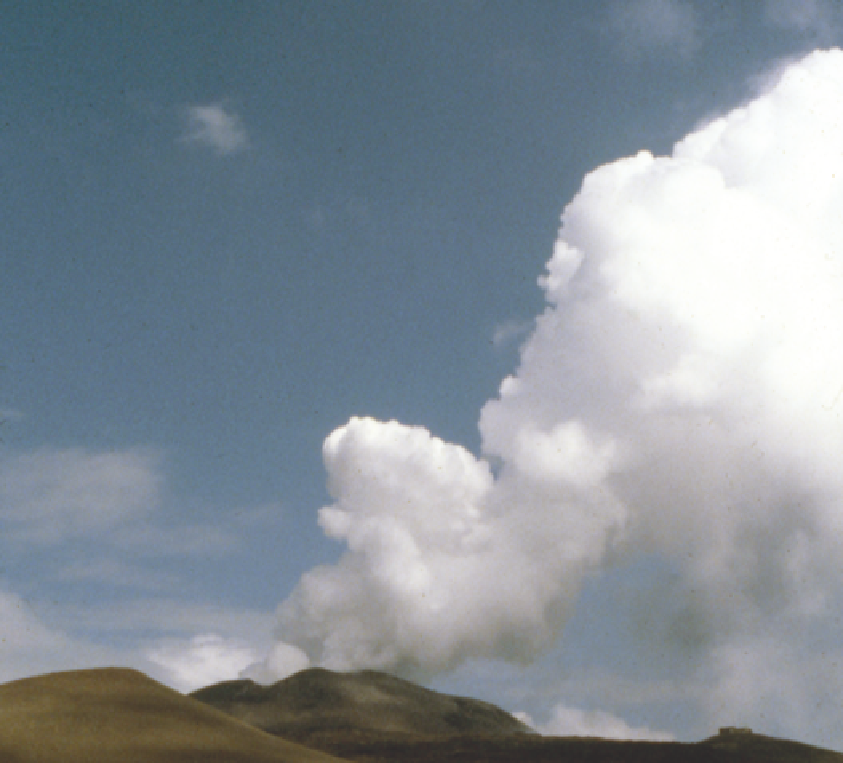Geoscience Reference
In-Depth Information
Plate 5.4
Cumulus over Mount Etna from heat and vapor supplied by the volcano.
along the Intertropical Convergence Zone, and in
subpolar ocean areas due to moist air advection.
Minimal cloud cover is associated with the
subtropical high pressure regions throughout the
year, whereas persistent maximum cloud cover
occurs over the Southern Ocean storm belt at
50-70°S and over much of the ocean area north
of 45
clouds is negative (~ -20Wm
-2
) because the
albedo effect on incoming solar radiation out-
weighs the infrared absorption. However, cloud
forcing is complex; for example, more total cloud
implies more absorption of outgoing terrestrial
radiation (positive forcing, leading to warming)
whereas more high cloud produces increased
reflection of incoming solar radiation (negative
forcing, leading to cooling) (
Figure 5.11
).
There is evidence that cloud amounts increased
during the twentieth century. For example, there
was a striking increase in cloud cover over the
United States (especially between 1940 and 1950).
N (
Figure 5.12
).
Cloud acts both as an important sink for
radiative energy in the earth-atmosphere system,
through absorption, as well as a source due to
reflection and re-radiation (see Chapter 3B, C).
Globally, the mean annual net forcing effect of
°


